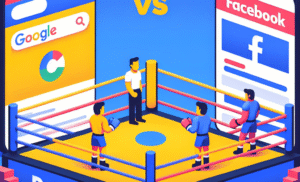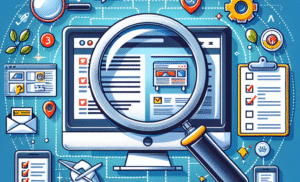Related Posts
Introduction
Understanding the Marketing Funnel Concept
Key Elements of a Great Marketing Funnel
1. Clear Target Audience Definition
2. Compelling Lead Magnet
3. Optimized Landing Pages
4. Effective Nurturing Sequences
5. Trust-Building Mechanisms
6. Seamless Conversion Path
7. Post-Purchase Engagement
What Sets a Great Funnel Apart?
1. Data-Driven Optimization
2. Personalization and Relevance
3. Multi-Channel Approach
4. Value-First Mindset
Common Mistakes to Avoid in Building a Marketing Funnel
1. Neglecting Audience Segmentation
2. Ignoring Mobile Optimization
3. Overcomplicating the Funnel
4. Failing to Follow Up
Conclusion: Building a Funnel That Converts and Retains
Google Ads vs Facebook Ads: Which Is Better?
Comments Off on Google Ads vs Facebook Ads: Which Is Better?
Using Chatbots to Increase Engagement: Unlocking the Power of AI in Customer Interaction
Comments Off on Using Chatbots to Increase Engagement: Unlocking the Power of AI in Customer Interaction
How to Rank Higher on Google in 2025: The Ultimate Guide to Boosting Your SEO Success
Comments Off on How to Rank Higher on Google in 2025: The Ultimate Guide to Boosting Your SEO Success
How to Perform a Website SEO Audit: A Comprehensive Guide to Boost Your Website’s Performance
Comments Off on How to Perform a Website SEO Audit: A Comprehensive Guide to Boost Your Website’s Performance



